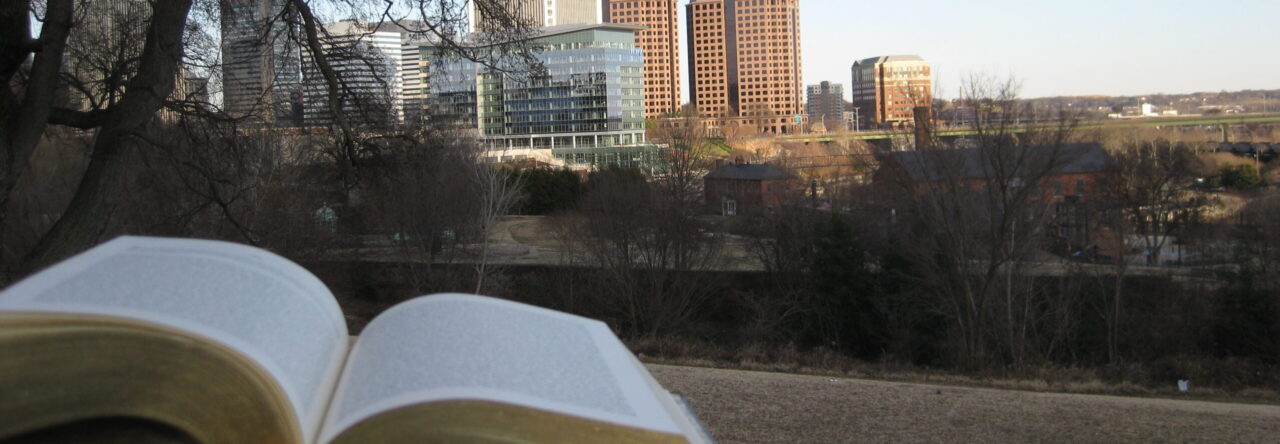Chapter 7:
What struck out to me from chapter 7 was how many peoples rights stem from the importance of politics and being able to vote. In this chapter, it goes into detail as to how politicians would pass defensible laws that would secretly put blacks at a disadvantage voting compared to whites. For example, it says that blacks had to memorized their answers as to who they voted for while whites were given a pen and paper to fill out their ballet. This strategy was used in order to stunt the black vote since they made up a great percentage of Richmonds population. As a result of being unable to vote fairly, white democrats were put into office and passed policy that would virtually segregate and lower the quality of living for Black Americans. One of the most shocking sections of this chapter was in relation to marriage and the eugenics movement. Eugenicists had a strong influence on Nazi politics around the same time period which reflects the immense evil that was taking place in Richmonds politics. Many people were sterilized for being criminals which is more focused on the black community. Due to the laws passed restricting rights, as well as a bias justice system, people of color were more frequently targeted in criminal situations thus putting them at risk for sterilization.
Another moment that caught my attention was at the beginning of the chapter when Richmond built roads over the graveyards that held the remains of many popular blacks and people considered heroes.
Chapter 8:
“Integration, however slight, anywhere in Virginia would be a cancer eating at the very life blood of our public school system.”
It can be seen that education was highly valued, so much to a point that racist politicians believed it had to be restricted from blacks. This is evident in this quote above because the politicians try to mask their agenda through the good of the public school system. Instead, they want to prevent blacks from getting higher education. Education is very important, and it’s reflected later in the chapter when even more black are voted into office. With greater education, and more knowledge, the blacks were given a chance to take control or have influence in politics.
